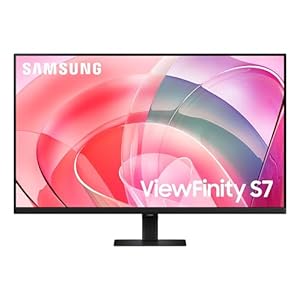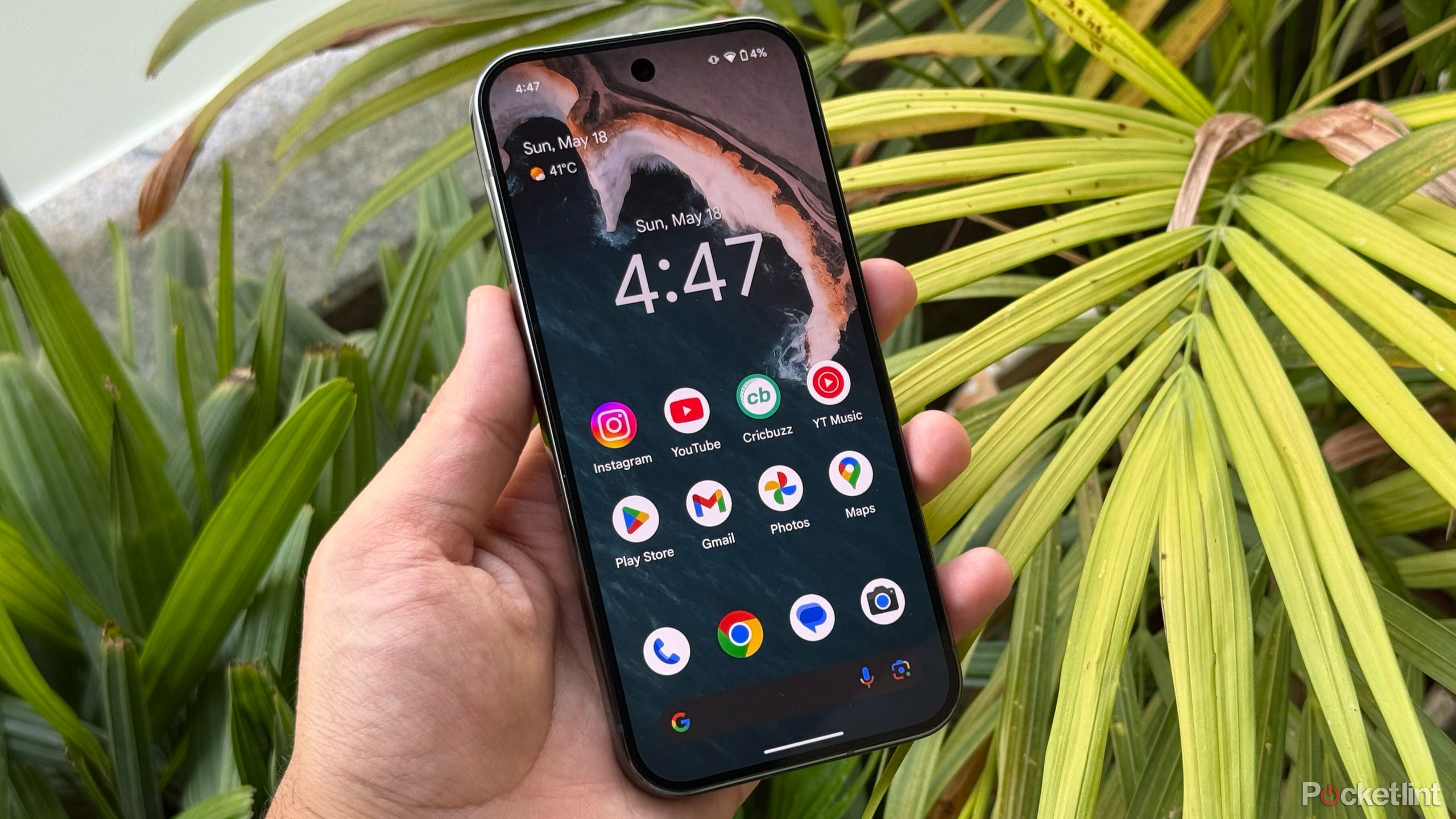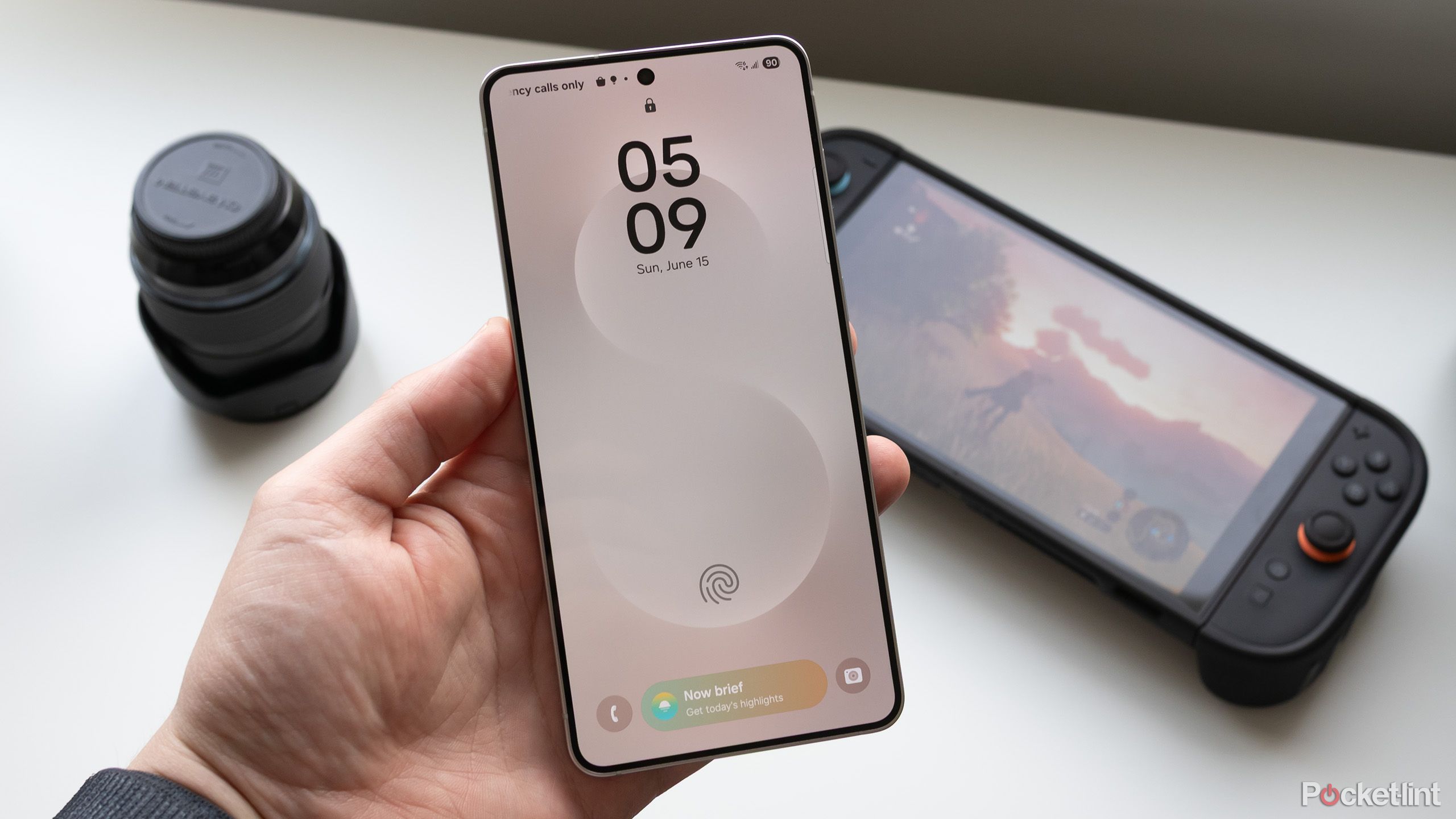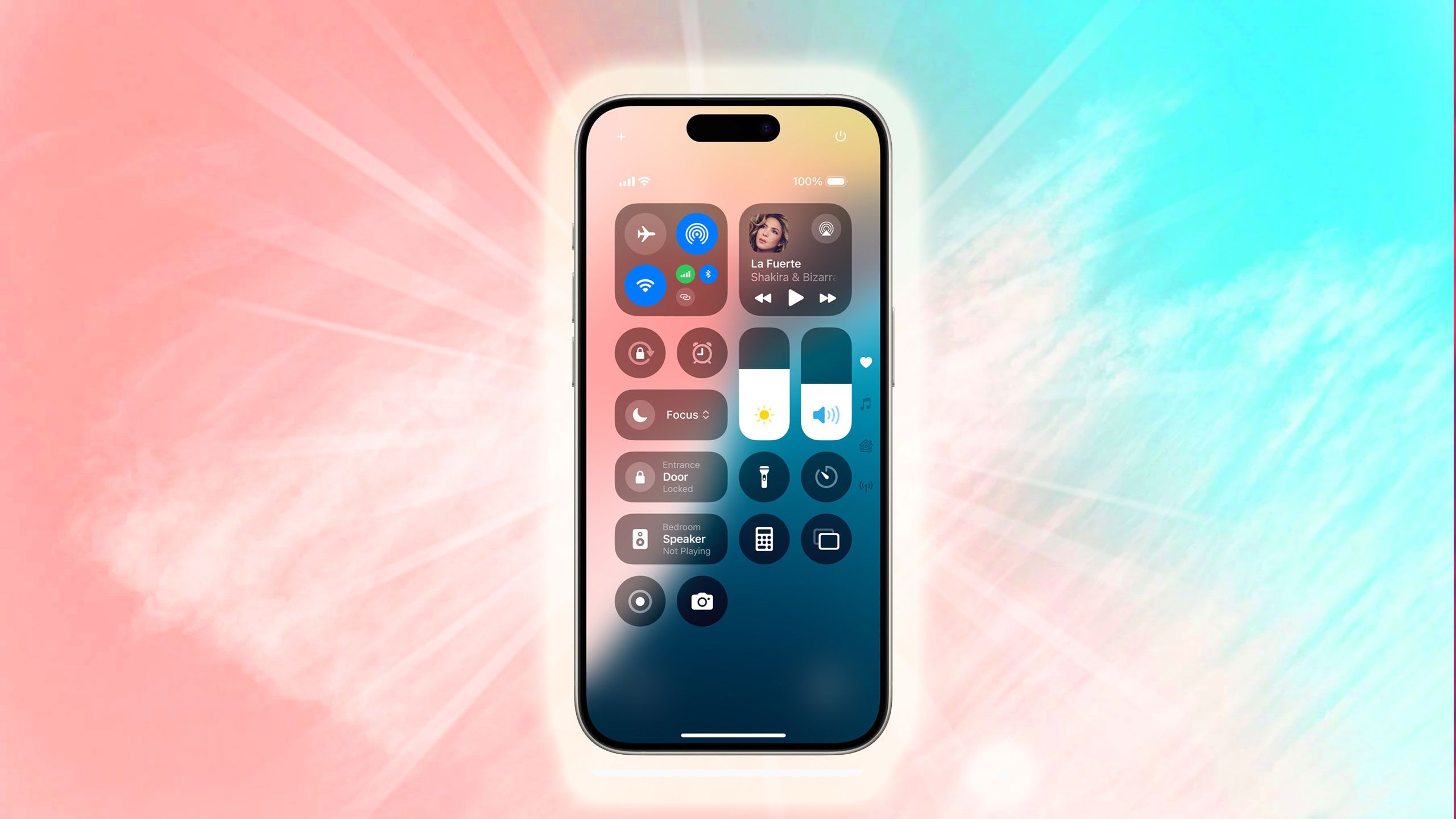Abstract
- Telephone brightness is rated in nits, and you must at all times goal for a cellphone with not less than 2,000 nits of peak brightness.
- OLED shows can generally get away with decrease nits because of their elevated distinction, however LCDs are likely to have higher outside visibility.
- By no means use max brightness in your cellphone except you want to — in any other case it may well trigger pointless eye pressure, sleep disruption, and/or battery consumption.
Display brightness is not typically trumpeted from the hills when Apple, Google, Samsung, or one other firm places out a brand new cellphone. However after all, it is a kind of particulars that is extraordinarily necessary in apply — a cellphone with weak brightness could be arduous to make use of indoors generally, by no means thoughts stepping out into the tough noon glare. After I was dwelling in Austin, a dim cellphone was a official annoyance on lengthy roadtrips, since there was no manner it might compete with cloudless Texas skies.
How vibrant does a cellphone should be, although? Is maintaining your cellphone at most brightness actually an issue? And what is the distinction between LCD and OLED? There are a variety of brightness-related particulars you must know earlier than shopping for a cellphone, all of which I am going that can assist you kind out in a rush.
- Model
-
Apple
- SoC
-
A18 Professional (3nm)
- Show
-
6.3-inch 1,206 x 2,622 pixel decision 120Hz LTPO Tremendous Retina XDR OLED, 120Hz, HDR10, Dolby Imaginative and prescient, 1000 nits (typical), 2000 nits (peak)
- Storage
-
128GB, 256GB, 512GB, 1TB
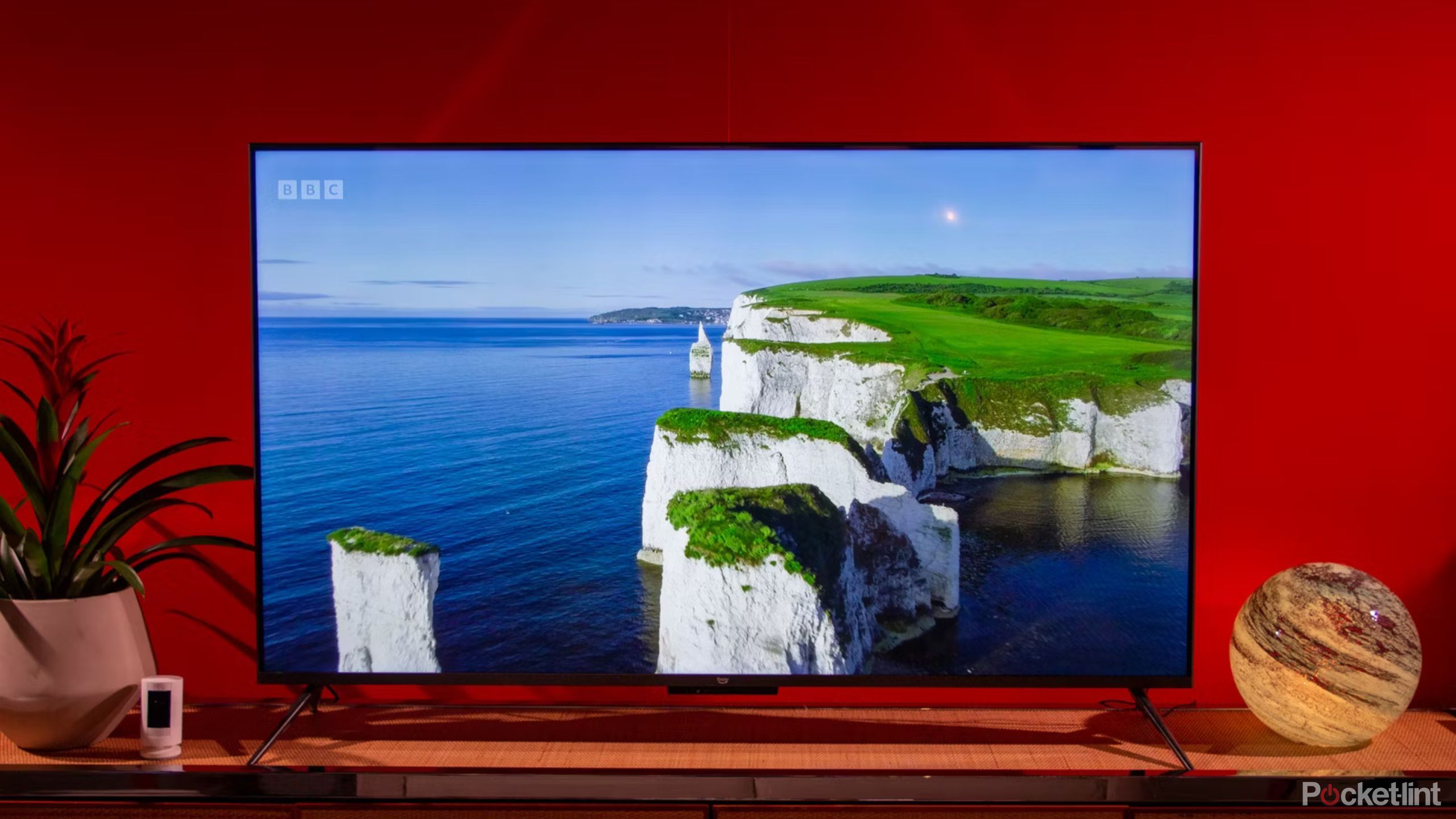
Associated
OLED vs mini-LED vs QLED in 2025: Which TV tech should you buy?
At this time, you will get shocking picture high quality with out spending a fortune.
How brightness is measured, and the way a lot is sufficient
Telephone brightness 101
When you might, in principle, fee cellphone shows by way of lumens, you will virtually at all times see them gauged in nits. A single nit is equal to 1 candela (candlepower) per sq. meter. For a relative measure, think about that the solar at midday is often claimed to supply 1.6 billion nits.
Your cellphone does not should be wherever close to that vibrant to be readable, after all. Indoors, lower than 1,000 nits is okay, and even 500 nits tends to look fairly good. Peak brightness will quickly surge, although, at any time when a cellphone is open air or displaying HDR (excessive dynamic vary) content material. For instance, the Pixel 9 Pro can hit 2,000 nits when displaying HDR video, and three,000 nits at its absolute brightest.
Most machine makers are aiming for someplace between 1,000 and a pair of,000 nits for HDR capabilities, and a pair of,000 nits or greater open air.
That ought to provide you with a way of how a lot energy a contemporary cellphone display wants. Most machine makers are aiming for someplace between 1,000 and a pair of,000 nits for HDR capabilities, and a pair of,000 nits or greater open air. My iPhone 16 Professional peaks at 2,000 outdoors, and it is fairly readable even when the solar is thrashing down overhead.
Brighter is at all times higher, specs-wise, however something over 3,000 tends to be overkill, delivering diminishing returns. Not that that is stopped cellphone makers — some Chinese language fashions are able to 4,000 nits or extra. In March 2025, Samsung demonstrated an OLED panel able to 5,000 nits.
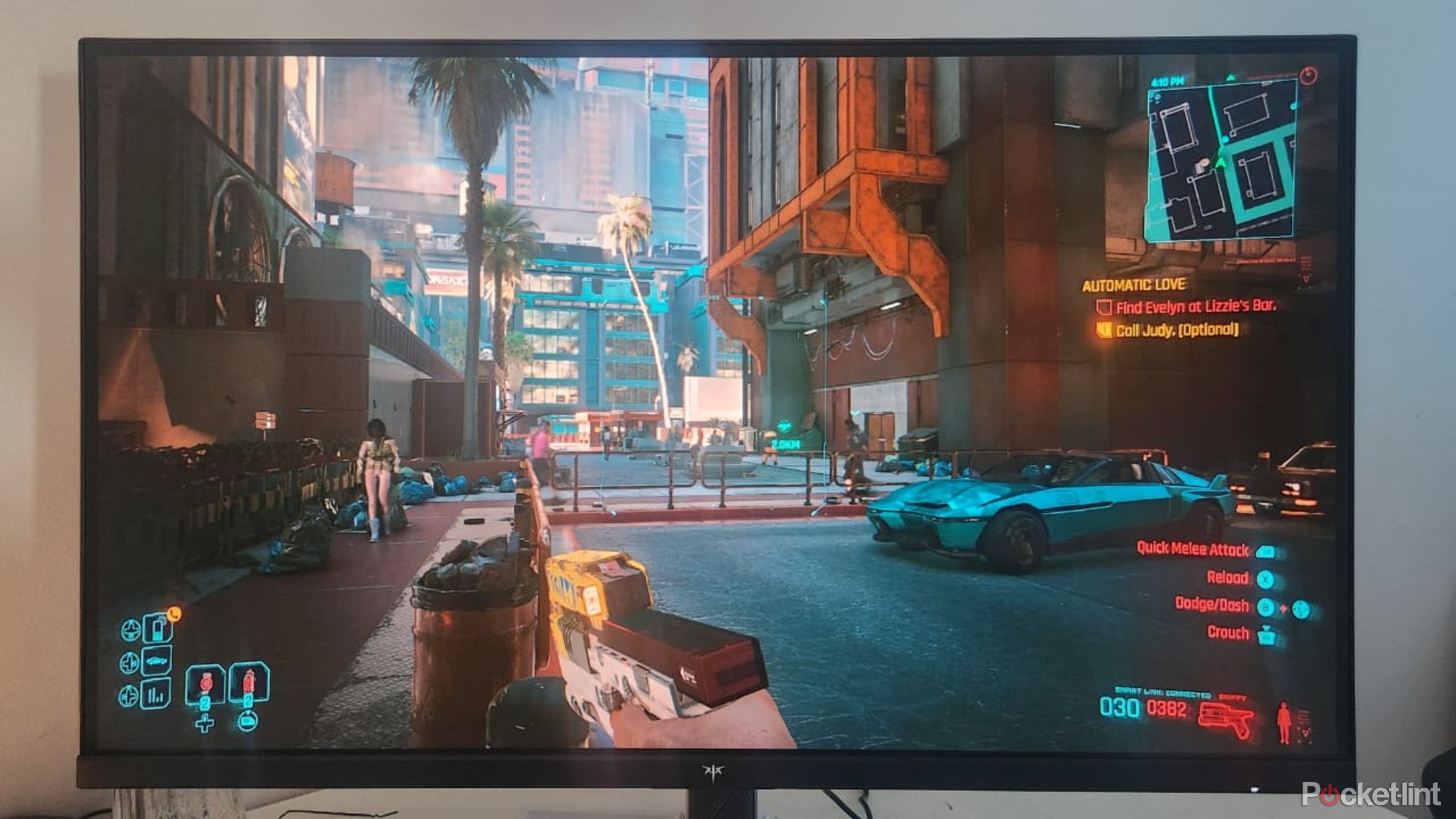
Associated
5 display calibration settings that will level up your game for free
The show tech you utilize for gaming can matter (virtually) as a lot because the system you are taking part in on.
LCD vs OLED vs different requirements
For as soon as, older tech wins
Most telephones now use some type of OLED show, an acronym standing for natural light-emitting diode. As a rule, it is the superior know-how, since particular person pixels could be turned on and off at will. The result’s a tremendous distinction, with pure blacks, and highlights that do not bleed into surrounding objects. The format additionally tends to be extra energy environment friendly for those who select darker icons, wallpapers, and app settings.
LCDs (liquid crystal shows) generally have the higher hand, nevertheless. That is as a result of all LCDs rely upon a number of backlights, which have a tendency to supply an general brighter picture, albeit on the expense of distinction. It is really unattainable to realize true blacks with an LCD except it makes use of a number of backlights, and a picture space coated by a backlight occurs to be utterly devoid of element. That is why mini- and micro-LED had been invented — however you will not discover these applied sciences on any transport smartphone, not less than not but.
The distinction hole does enable OLEDs to punch above their weight in uncooked nits. It is a query of perceived brightness — since each highlights and shadows are starker, OLED permits you to select extra element. A 300-nit OLED panel can really feel roughly equal to a 500-nit LCD, although your mileage will range.
A number of telephones get rid of brightness from the specs debate completely by utilizing e-ink. The pixels they use are product of actual matter, so their visibility depends on exterior gentle sources, a lot in the identical manner which you could’t learn a paper guide in a pitch-black room. The built-in lamps you discover on e-ink gadgets are literally frontlights, not backlights.
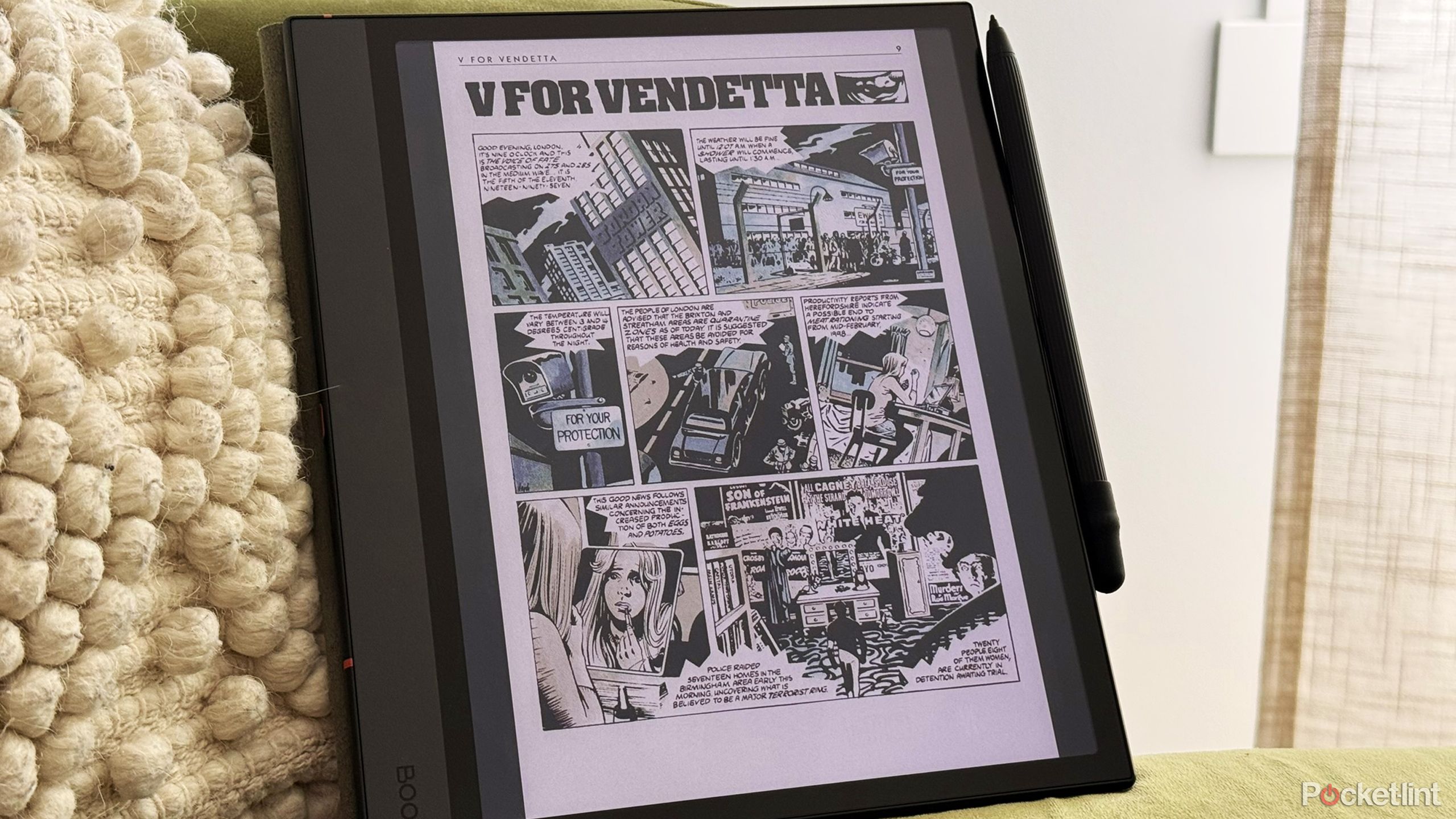
Associated
This Android-powered e-ink tablet is better than a Kindle, but it’s still niche in my life
You will solely get essentially the most out of Boox’s pill for those who’re into sketching and paper notes.
What you want to learn about brightness settings
No have to go full throttle
Apple / Pocket-lint
More often than not, it is best to keep away from ramping your cellphone as much as full brightness, irrespective of how spectacular it appears. There are just a few causes for this — above all, your imaginative and prescient. Because the American Academy of Opthamology notes, full brightness can doubtlessly create pressure in some situations, leading to points like tearing (as in crying), blurring, dry eyes, and complications.
I do know from private expertise that at evening, vibrant shows can disrupt sleep. They typically make it more durable to get to sleep within the first place, and within the center hours, lights can shine straight via your eyelids and wake you up. I do watch YouTube on a Nest Hub at bedtime — however its brightness is cranked as little as it would go except I am not nervous about my alarm. My iPhone, in the meantime, is at all times put in StandBy mode, which in a single day each dims the show and tints it crimson.
Usually, one of the best compromise is to set your cellphone’s brightness as little as it would go whereas nonetheless being nice to have a look at.
When pressure and sleep patterns aren’t points, there’s nonetheless the matter of battery life. A cellphone’s show is one in every of its most power-hungry elements, rivaled solely by its processor and wi-fi radios. The upper a display’s brightness is, the extra energy it consumes, draining your battery. Certainly, that is one of many fundamental changes a cellphone’s battery-saving/low-power mode makes.
Usually, one of the best compromise is to set your cellphone’s brightness as little as it would go whereas nonetheless being nice to have a look at. My iPhone 16 Professional is often set at round 50%, however it’s possible you’ll have to go greater or decrease than that relying in your machine and preferences. Even dropping to 80% ought to make a significant distinction.
Does full brightness ever make sense? Personally, I have a tendency to order that for the sunniest of out of doors excursions, like a visit to Disney World, or a yard Texas cookout with my in-laws. However even then, my iPhone often compensates sufficient mechanically, making the concept moot.

You may additionally like
Everything you need to know about PEVs, or personal electric vehicles
You should use PEVs like e-bikes and scooters to discover, run errands, or pace up your commute.
Trending Merchandise

Acer Nitro 31.5″ FHD 1920 x 1080 1500R ...

SAMSUNG FT45 Sequence 24-Inch FHD 1080p Lapto...

TP-Hyperlink AXE5400 Tri-Band WiFi 6E Router ...

NETGEAR Nighthawk WiFi 6 Router (RAX43) 5-Str...
